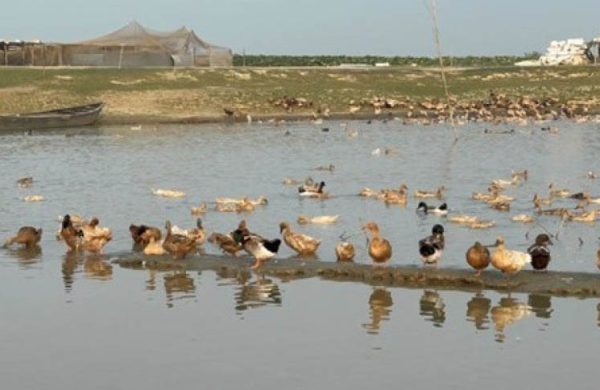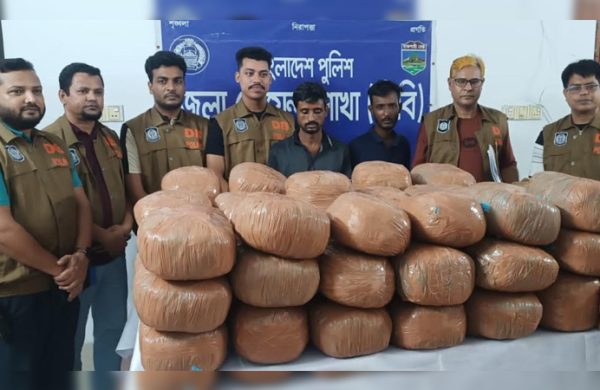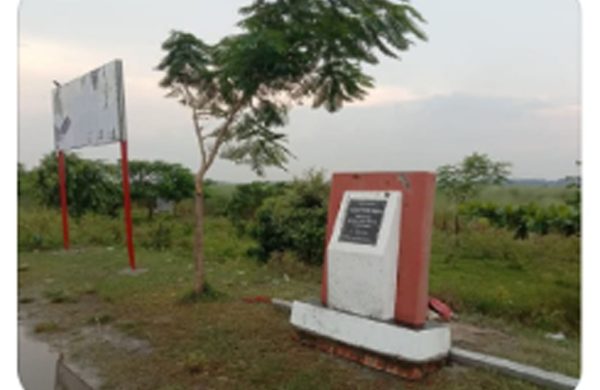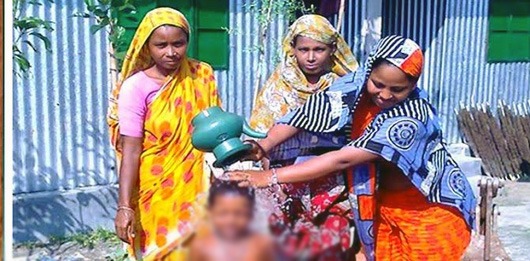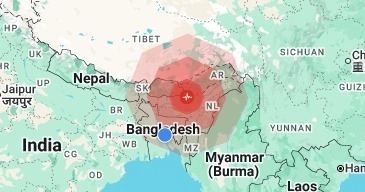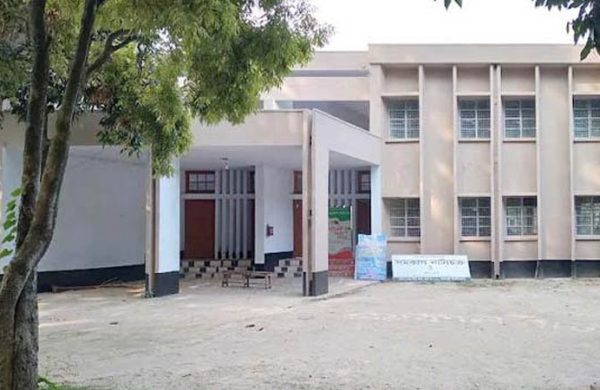Shataranji industry driving Rangpur’s rural economic growth
- Update Time : Sunday, September 14, 2025
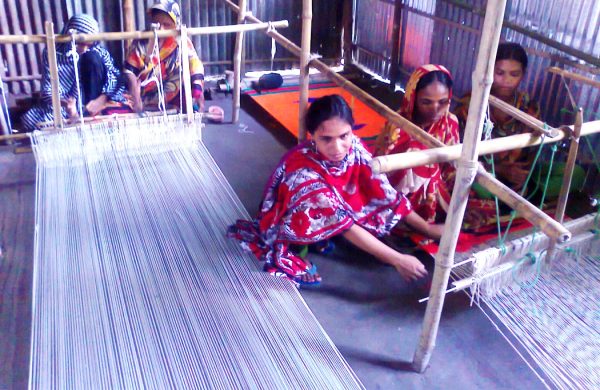
Rangpur Correspondent:
The world-renowned Shataranji industry continues to play a vital role in driving the vibrant rural economy of Rangpur.
Rooted in rich history, the Shataranji craft began in 1830 during British colonial rule in Nisbetganj, now famously known as the historic “Shataranji Village”, situated on the banks of the Ghagot River near Rangpur city.
After nearly two centuries, Shataranji has grown into a thriving and promising industry, with its products gaining recognition both at home and abroad.
Local elders Mozammel Haque, Aminur Rahman, and Syed Ali recall that Shataranji is one of the most distinctive traditional arts of rural Bengal. Traditionally, only Rangpur artisans knew the intricate techniques of Shataranji weaving. Their detailed craftsmanship once captivated kings, landlords, and art lovers across the subcontinent and beyond.
Today, approximately 7,000 workers, including 6,000 women, are directly involved in making Shataranji and related products. These artisans earn their livelihood through this traditional industry, blending talent, patience, and artistry into every woven piece.
With training and dedication, many local men and women have even set up their own Shataranji factories, using indigenous technology and becoming successful entrepreneurs.
While most products are supplied to major cities like Dhaka, Chattogram, and Khulna through wholesalers and online platforms, a growing portion is also being exported to the Middle East, Europe, America, Canada, Australia, and other countries-though exports remain limited due to infrastructural challenges.
Carpets, wall mats, dining mats, papos, and other Shataranji items-known for their affordable prices, durability, vibrant colors, and artistic designs-are increasingly in demand, both locally and globally.
Since 2007, the well-known ‘Charushi Shataranji Rangpur’ factory has been operating in Nisbetganj, employing around 150 female artisans. Women like Mokseda (37), Afroza (32), Mukta Begum (45), Sultana (30), Menuka (33), and Mamtaz (32) say they weave from their homes, earning around Taka 10,000 per month, enabling them to support their families and educate their children.
Another major player, ‘Shataranji Palli’, was established in 2004 in the same area. It employs about 600 women who craft various products such as Shataranji carpets, table mats, bags, and fabrics. The center features a modern showroom and sales outlet.
Aduri Begum (33), manager of the Shataranji Palli showroom, reported that sales are satisfactory and steadily rising.
However, challenges remain. Md Mostafizur Rahman, Director (Sales) of Charushi Shataranji Rangpur, noted that rising raw material costs have impacted operations, but efforts continue to expand the industry. He urged the government to support international export initiatives, which would boost job creation and enhance the industry’s growth.
In response, the government has implemented two development projects for the Shataranji industry through the Bangladesh Small and Cottage Industries Corporation (BSCIC).
Md Ehsanul Haque, Deputy General Manager of the Rangpur District BSCIC Office, said around 600 women have received weaving training and access to easy loans to start or grow their ventures. Many now work in 20 local factories and showrooms, producing and marketing Shataranji independently.
In a major milestone, Rangpur’s Shataranji received Geographical Indication (GI) recognition on June 17, 2021, acknowledging it as a unique traditional hand-woven carpet.
“This recognition will help strengthen branding, boost export potential, and improve the livelihoods of weavers and entrepreneurs,” Haque added.


